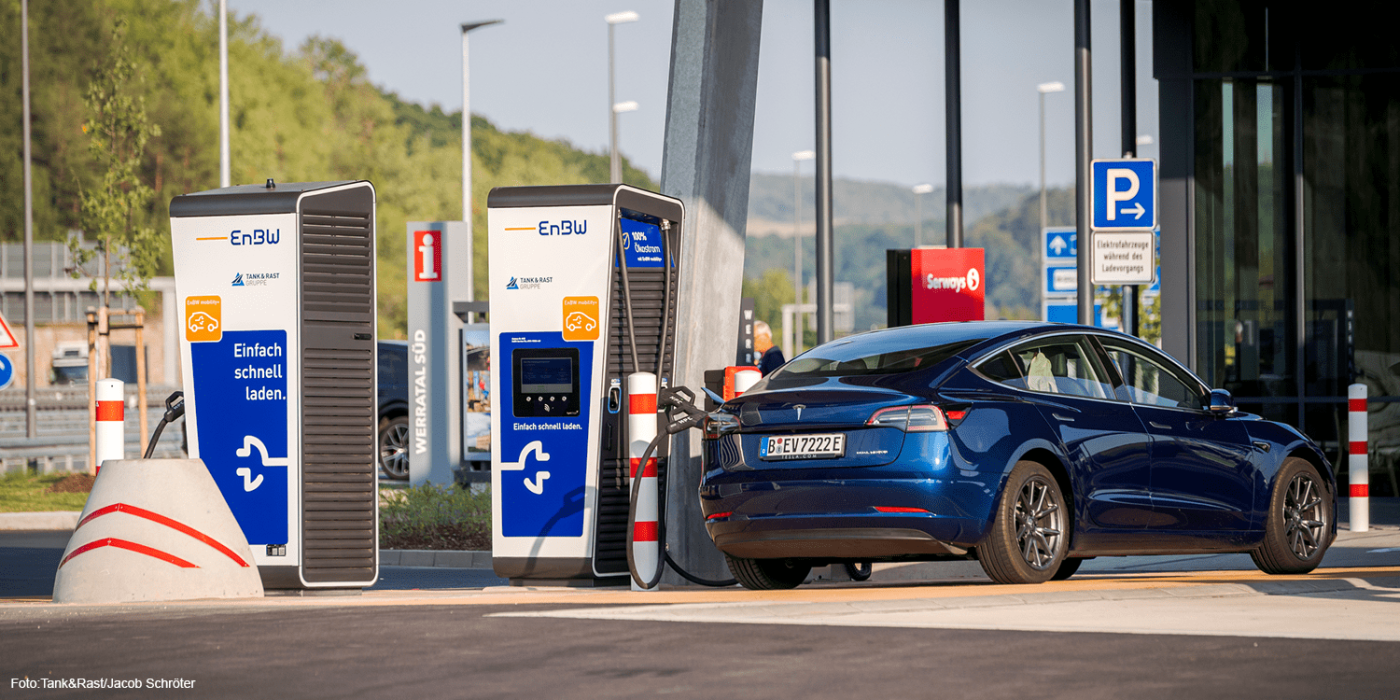Tesla adds all charging stations to navigation- if they comply
Tesla has made it official that non-Tesla charging stations can now appear on the maps inside the car’s navigation system. This initially applies to Europe and Israel and is subject to conditions.
Writes Tesla: “Third-party fast chargers that meet our performance and reliability standards will be added to Tesla’s navigation automatically as Qualified Third-Party Chargers. The intent is to ensure a smooth charging experience for Tesla drivers. The following standards will first roll out across Europe and Israel.”
Foremost, any provider’s charging station needs a compatible charging connection to be considered. For European Tesla cars, this means mostly CCS. Tesla also wants the charging station to be reliable and regularly used by Tesla drivers. This dependable use is defined as the average charging success rate of the station must be at least 90 per cent, and the station must be used by Tesla drivers at least once every four days over a period of sixty days.
In turn, Tesla will also remove non-proprietary fast-charging stations from the navigation system if no charging sessions are detected over 14 days and if the average charging success rate falls below 70 per cent.
The move follows a series of recent integrative actions Tesla has made in Europe. The company here works with CCS, therefore also competing with other providers. At the same time, Tesla also opened its own Supercharger network to drivers of non-Tesla electric cars on the continent this year and introduced flexible tariffs.
In the US, the situation is different. Owners may buy a CCS adapter to use other networks yet otherwise rely on Tesla’s proprietary charging standard. It is likely that Tesla will also allow other charging stations into the navigation system, yet to perhaps less effect, and most likely those having opted to add a charger based on Tesla technology.
Tesla wants to compete more broadly in North America and, in November, opened the Supercharger design for third-party providers.
This “double standard” resulted in a statement by the CCS association CharIN, of which Tesla is a member. As CharIN wrote, “We strongly encourage Tesla, as a CharIN member, to work with CharIN’s membership base, the standards organizations, and others to accelerate the adoption of a fully interoperable EV charging solution to transition to electric vehicles more quickly.”
Tesla joined CharIN in 2016 and continues to be listed as a member on the CharIN website. For European markets, Tesla switched to the CCS2 standard with the introduction of Model 3. The Model S and Model X used to be offered with a Type 2 plug modified by Tesla for DC charging. In the US, however, since the Model S, all Teslas utilize the proprietary charging standard, which Tesla now calls NACS for “North American Charging Standard”.
tesla.com via electrek.co

